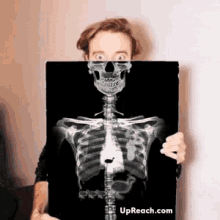Principal photography can take place in a studio or in an actual setting, and the choice of location depends on artistic and economic aspects. While shooting in a sound stage offers more accurate planning, constructing sets may be expensive. Costs and artistic reasons are the main drives behind filming on location. However, outdoor shooting requires more effort because equipment and personnel must be transported to the location. In the early days of cinema, filmmakers tried to film outdoors as much as possible, as sunlight was needed to ensure adequate exposure of poor-quality early film stock; nowadays, due to the increased use of CGI, more shooting is done in a studio.
















































